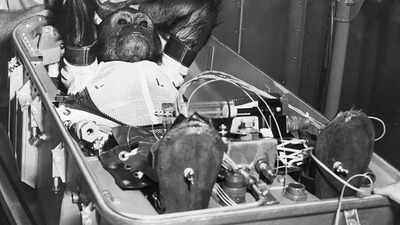
Scientists were worried about the effects of prolonged weightlessness on the human body. Some experts questioned whether humans could survive extended periods without gravity. To address these concerns, American and Russian scientists turned to animal testing. The story of
animals in space
is a fascinating one, filled with bravery, sacrifice, and scientific discovery. According to NASA’s history of animals in space, the first animals were launched into space in the 1940s and 1950s. Scientists also sent monkeys, chimps, and dogs into space to assess the feasibility of travel and ensure their safe return. These early missions provided critical data on biological responses to spaceflight, paving the way for human exploration. Over time, the variety of animals expanded to include mice, turtles, and even insects, each helping to answer new scientific questions.
From dogs to worms: Animals that traveled to space
1. Dogs
Laika: A small stray dog from Moscow became the first animal to orbit the Earth in 1957. Laika's mission marked a significant milestone in
space exploration
. Although
Laika
did not survive the flight, her sacrifice contributed significantly to our understanding of space travel.
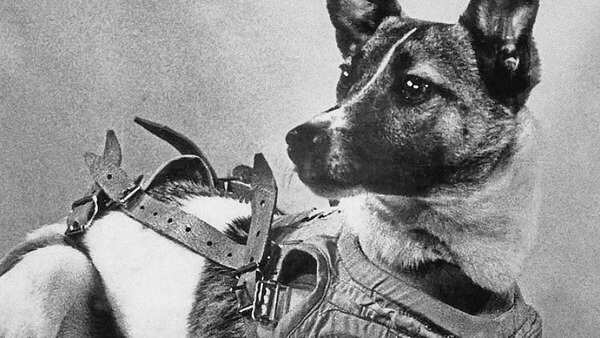
Source: Wikipedia
Belka and Strelka: In 1960, Belka and Strelka, two Soviet space dogs, became the first animals to orbit the Earth and return safely. Their successful mission marked a significant breakthrough in space exploration.
2. Monkeys
Albert II: In 1948, Albert II, a rhesus macaque, became the first primate in space. Launched by the United States, Albert II's flight reached an altitude of 83 miles. The V-2 rocket carrying Albert II was a significant milestone in the exploration of space and the study of the effects of space travel on living organisms. Unfortunately, Albert II did not survive the flight, dying on impact due to the failure of the parachute system.Ham the Chimp: In 1961, Ham, a chimpanzee, became the first of his kind in space. Launched on a Mercury-Redstone rocket, Ham's suborbital flight lasted 16.5 minutes, including 6.6 minutes of weightlessness. Despite technical issues, Ham performed well and came down safely.
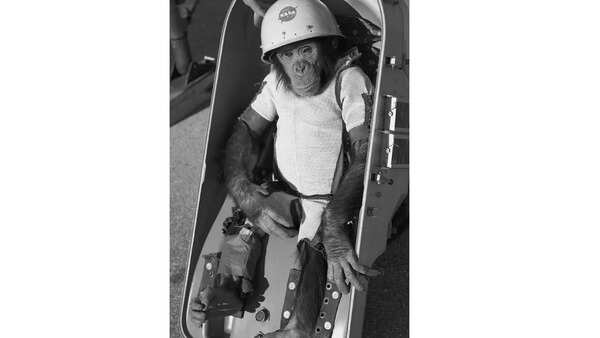
Source: Wikipedia
Enos: Enos, a chimpanzee, became the first primate to orbit the Earth in 1962. Launched as part of the Mercury program, Enos's mission demonstrated the feasibility of orbital spaceflight.Gordo: In 1958, Gordo, a squirrel monkey, embarked on a groundbreaking journey aboard a Jupiter rocket. Reaching an altitude of 600 miles, Gordo's flight marked a significant milestone in space exploration. He tragically lost his life due to a malfunctioning flotation device, but his mission provided crucial insights. Navy doctors analysed signals from Gordo's respiration and heartbeat monitors, concluding that humans could potentially withstand similar space travel conditions.
3. Spiders
Spiders: In 1973, the effects of zero gravity on web spinning behavior were studied by sending two European garden spiders into space. Studying the spider's ability to adapt to microgravity environments provided valuable insights into the consequences of space travel on living organisms.
4. Reptiles and amphibians
Tortoises: In 1968, two Russian tortoises orbited the moon with wine flies and mealworms and were the first animals to orbit the moon. The tortoises survived the journey, and the study provided valuable insight into the consequences of space travel on living organisms.
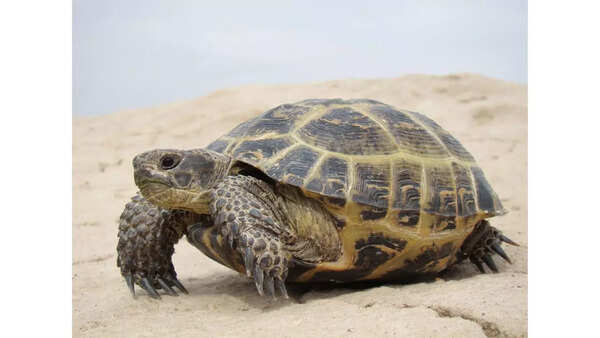
Source: Wikipedia
Frogs: Frogs were sent to the moon in 1970 to study motion sickness and adaptability in microgravity environments
5. Worms

Source: Wikipedia
Nematode Worms: Nematode worms have been the subject of space research, on which many conclusions have been drawn regarding the effect of microgravity on the development and behavior of this species. These little creatures have made a significant contribution to the consequences of space travel on living organisms.
6. Mice
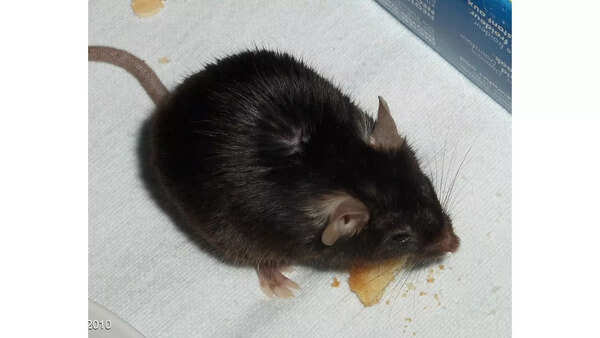
In 1959, four black mice were launched on Discoverer 3, a US spy satellite mission. Unfortunately, the mice died when the Agena upper stage malfunctioned, causing the vehicle to crash into the Pacific Ocean. This mission was notable for being the only Discoverer flight with an animal payload.

 4 hours ago
33
4 hours ago
33




























 English (US)
English (US)